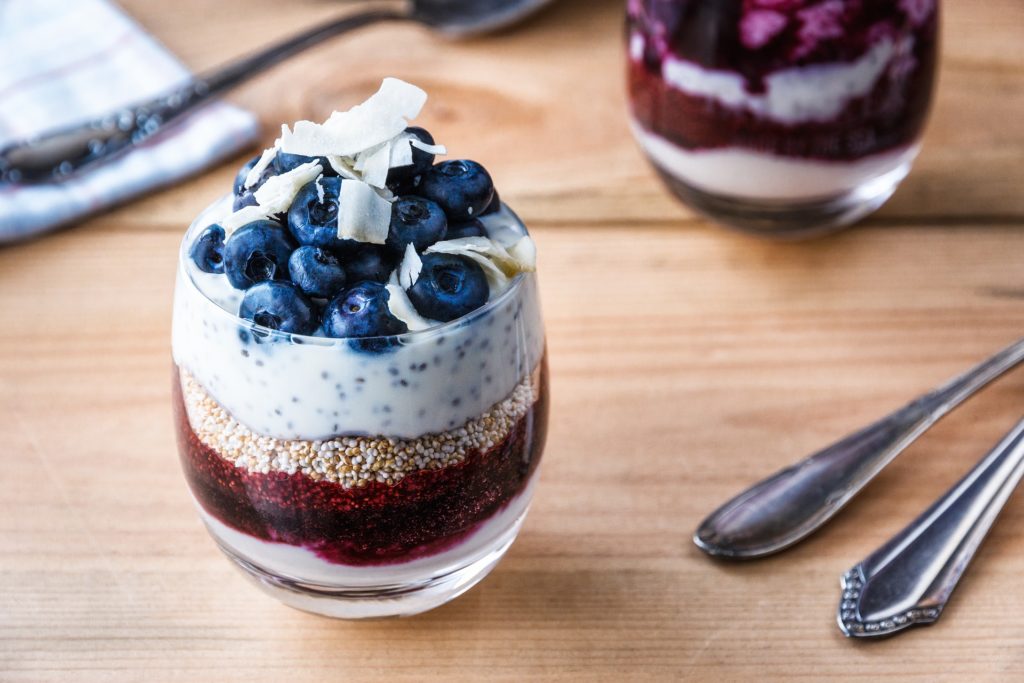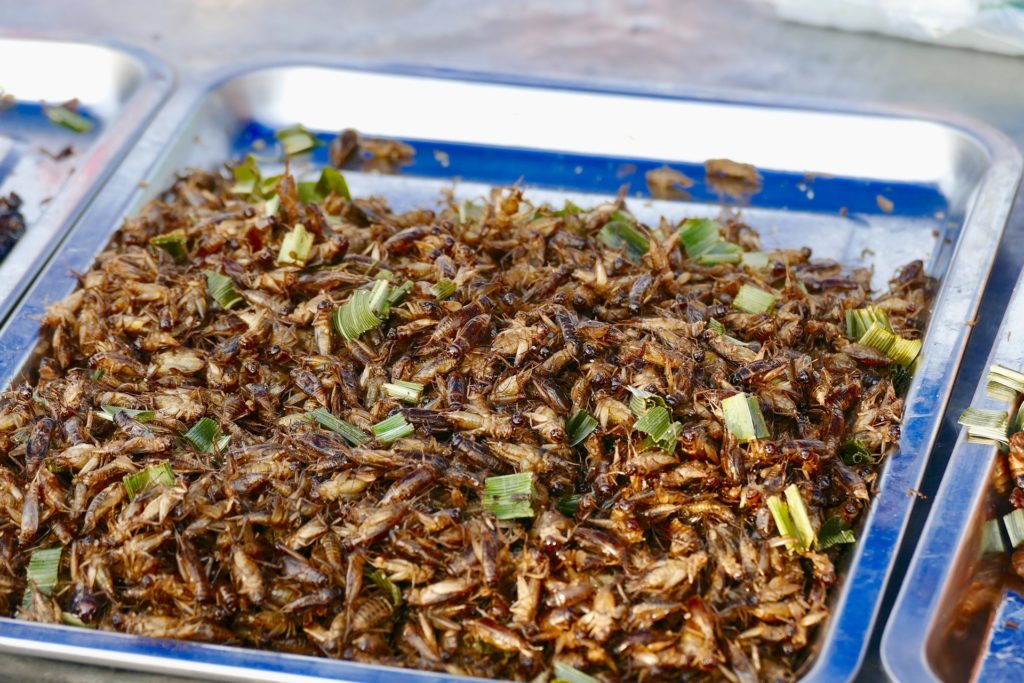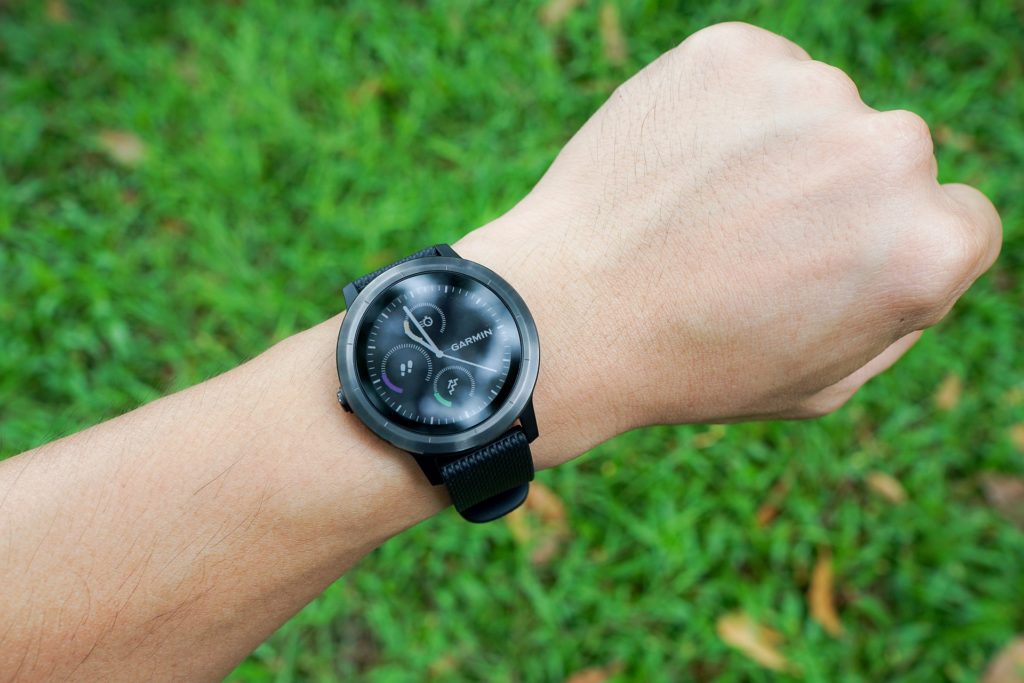
Food trends come and go. Think matcha, salted caramel and quinoa. But some hang around for longer and are actually based on science. We’ve worked with KPMG to develop a report using our latest science in heath, food and agriculture to come up with the top four food trends that will help make Aussie’s healthier while also helping food innovators to determine what kinds of products will be worth investing in, particularly for the ASEAN region. Let’s count them down.
1. Health by stealth
Health by stealth is all about reformulating food products with subtle but important changes to decrease the ‘harmful’ ingredients (such as sugar, salt and saturated fats) while increasing the beneficial and health promoting ingredients. One example of this trend is BARLEYmaxTM, the high-fibre wholegrain we developed. It has gut health benefits that can help combat cardiovascular disease, Type 2 diabetes and colorectal cancer all housed in a delicious grain that can be made into breaky cereal, wraps and bread.
2. Alternative protein
Protein is an important part of healthy eating. It’s made up of amino acids and plays a vital role in repairing and building bones and muscles in our bodies. But by 2050 there will be 9.6 billion humans living on Earth and we are expected to increase our consumption of animal products by up to 70 per cent using the same limited resources that we have today. In the ASEAN region in particular, non-meat protein sources like tofu and eggs are becoming ever more popular. But even when we consider alternatives to animal protein, we have finite land space for growing crops. So some food companies are looking at even more alternative alternatives. Insects and worms for snacks, protein bars and pasta are some of the ideas on the table. Pea protein milk is being produced as a dairy substitute and protein substitutes from algae are also becoming more prominent. ‘Meat-free meat’ such as plant-based burgers are on the menu and plant-based seafood is on the way. Lab-based meat from self-reproducing cells is being trialled but is still hugely expensive.

Could insects replace the steak in your meat and three veg?
3. Precision nutrition
With increased technology in our lives, monitoring what we eat and our exercise regimes via our smart phones and watches is easier than ever. This means we’re getting more personalised health information tailored to us and our lifestyles, but imagine if this data were generated from your DNA or internal monitoring systems.
Enter precision nutrition, which can be described as the ‘convergence of medicine and nutrition’. This is where nutritional advice moves from being tailored but largely static, to real-time and personalised with the aim of preventing and managing chronic disease. Precision nutrition requires genome sequencing of personal DNA – something that cost around $100m in 2001 but has already dropped to around $1500.

Watch your fitness and food intake or have it automated
Precision nutrition is still in its very early stages but we’ve developed a platform to use big data for predictive, personalised nutrition algorithms. We have also recently kicked off a joint research project with Singapore’s Nanyang University in precision health to focus on the importance of gut health and exercise in healthy ageing. Which brings us to…
4. Gut health
Unless you’ve been living under a rock, you will have seen this trend quite a bit already and it’s not going anywhere. Kombucha, kimchi and tempeh are all part of the revolution to supercharge our gut health. We’re still learning about all the effects our gut microbiome has on our health but we know it is important to keep it in check. So food that promotes a healthy gut is all the rage. You’ll likely see more fermented food, food with added probiotics and food high in resistant starch popping up on the supermarket shelves.


On trend
Our new report describes a perfect storm of trends in the ASEAN region ripe for Australian businesses.